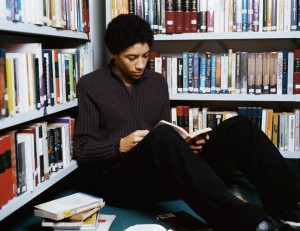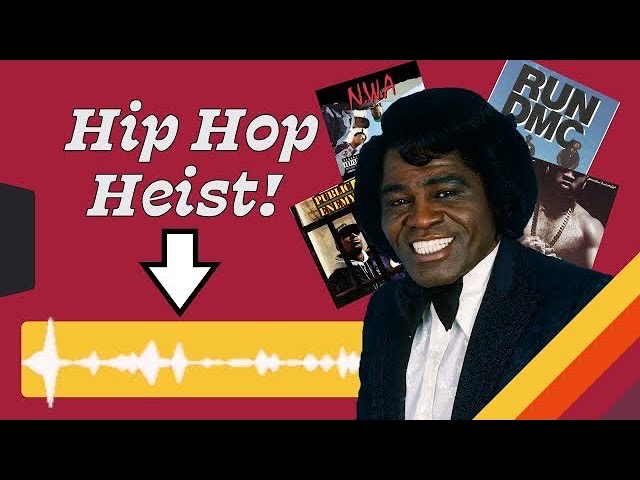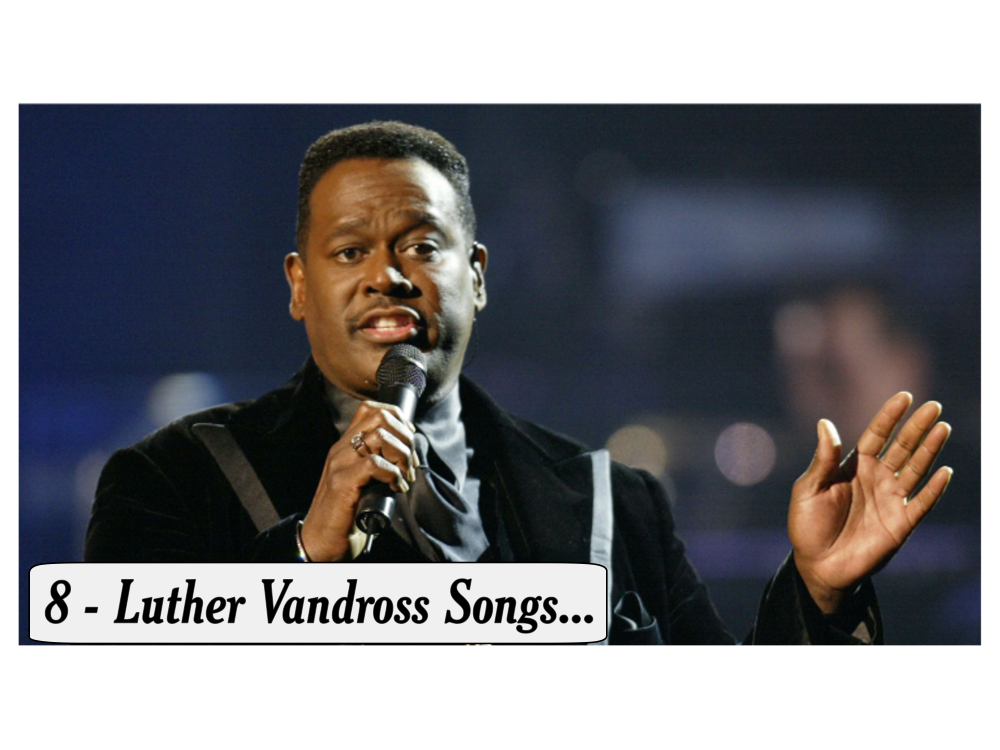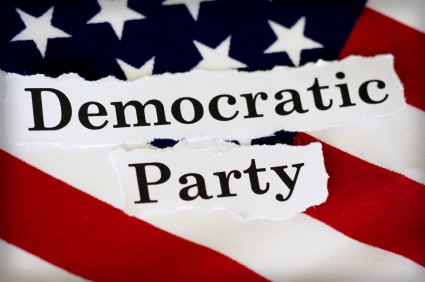(ThyBlackMan.com) In February 2011 a housing segregation study conducted by researchers from Brown University and Florida State University based on the 2010 U.S. Census Bureau data concluded that two New York suburban counties on Long Island, Nassau County and Suffolk County, are jointly the seventh most racially segregated major metropolitan area in the country. Why should I care in the middle of my summer, you might ask. That’s no surprise considering the long history of housing discrimination on Long Island, you might be thinking. Indeed, this sad fact might not have raised eyebrows among the glitterati of the Hamptons or the jaded urban-dwellers of Harlem had not Newsweek magazine published its annual survey of “America’s Best High Schools” this past June, and revealed that these two Long Island enclaves have once again produced several public high schools that rank among the top 100 in the nation – raising alarming questions about educational equity, racism and geography in New York. 
These educational accolades for Long Island public high schools come against the backdrop of a widening achievement gap among Black and Latino students in New York City public schools and a massive budget shortfall. Growing criticism of Mayor Michael Bloomberg’s school voucher and charter school initiatives as harmful to low-income, predominantly African-American neighborhoods (where the vast majority of school closings have occurred) led sequentially to the ouster of his hand-picked schools chief, Cathie Black, and to a lawsuit by the United Federation of Teachers (UFT) and the NAACP. A widely publicized controversy surrounding standardized test score inflation in New York City middle schools further eroded the confidence of the public in the city education system.
Amidst all the public outrage, for those of us who care about equity in American education, one poignant and inescapable question looms. What factors produced the quality and achievement chasm that exists between New York City public schools and Long Island suburban school districts?
Discrimination has been a fact of life on Long Island for as long as anyone can remember. The same racist attitudes that drove White students and teachers out of city schools in the 1950’s, 60’s, and 70’s are to blame for the continuing patterns of segregation that exist in Long Island housing today. Moreover, insofar as public education is funded by state property tax, a ballooning income gap has served to ensure Long Island schools are better financed than New York City schools, with higher salaries to attract better teachers and more discretionary funding to afford meaningful professional development for those teachers. Long Island households are more likely to be able to afford tutoring and additional support services for children. Unethical, illegal and discriminatory sales practices on the part of Long Island real estate professionals have prevented Black parents from utilizing better-funded suburban schools.
As a Black man who is both a native of Long Island and a veteran English teacher I can attest to the corrosive effects of racism and discrimination on state-wide education. I remember the mocking sneer accompanying a remark made by a New York City middle school principal for whom I worked as a young teacher, years ago, as she advised me to “teach on Long Island” after voicing concerns about the slow pace of a sixth grade literacy class I had been teaching. The school resembled a Civil War-era Southern plantation: all of the administrators – the bosses, with the exception of one – were White, and all of the students and teachers – the workers – were Black or Latino.
This White principal’s sarcasm shined through as she smugly informed me that several parents had called her office and demanded to know why their children’s reading appeared to be progressing so slowly in my class. I calmly but candidly explained to her that most of the children in my class, who lived below the poverty line or whose parents were recent immigrants, had come to me with reading skills rated severely below grade level due to social promotion and in some cases, language barriers. Moreover, I explained, she had not fulfilled her obligation to provide me with any of the instructional materials necessary to help them – age-appropriate reading textbooks, for example. I told her point-blank that these children would not be tackling the work of Milton, Byron, Shelley, or William Blake, or for that matter, Beverly Cleary or Judy Blume, until they could satisfactorily read and understand the writings of Dr. Seuss – which, incidentally, most of my sixth graders could not. In a huff, she vaguely suggested the fault was mine and again advised me in a tongue-in-cheek manner to “teach on Long Island”. Her voice dripped with skepticism about the employment prospects of a Black teacher on Long Island.
In my naivete as a rookie in the New York City Department of Education, I had assumed my honesty would be appreciated and perhaps even rewarded. As it turned out, however, I was one of the few Black teachers who had ever been so honest with this White principal. I resigned from the faculty of that particular middle school when I realized I had earned the permanent ire of the people in charge and that they had no interest in confronting reality. I accepted a teaching position at a New England boarding school a few weeks later.
My experience years ago illustrates a sadly common occurrence in New York City public education that prevents city schools from attaining the level of quality enjoyed by Long Island schools. Rather than confront systemic inequality stemming from inadequate school finance, a stakeholder in a broken system found it easier to implicitly question, and perhaps even ridicule, the knowledge and experience of the teacher – and in my case, by extension – the bona fides and credentials of a widely-read, Ivy League-educated, Black professor of Literature. While the stark absurdity of such ridicule might be striking in my situation, hundreds of other competent teachers have suffered a similar fate in New York City – as much the victims of a vicious cycle of politics, poverty, and racism as the generations of Black and Latino schoolchildren deprived of a quality education in New York.
There is an old adage, “Follow the money.” This advice rings especially true for anyone seeking to understand the inner workings of New York public education. Long Island is able to produce some of the top high schools in the country as a direct result of the earned and generational wealth of its inhabitants. Discrimination prevents socially-mobile New York City families from gaining access to these schools. Until New York lawmakers are willing to confront the evil of housing discrimination on Long Island, educational equity will take second place to suburban politics.
Staff Writer; David Christopher Steele, M.A.
Official website; http://www.facebook.com/steele.dave88

















Leave a Reply